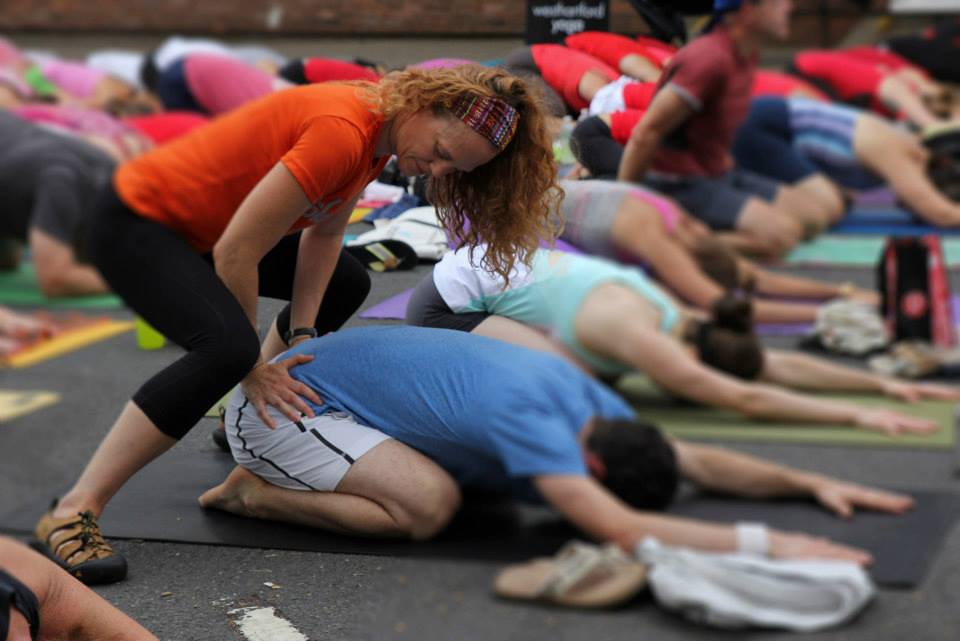|
I actually say this a lot. As a yoga teacher, that is not a “normal” thing to say. When most get injured, sore, or tired the first instinct is to get in there and stretch it. Most of the time that is NOT a good idea.
Step back for a moment, and visualize an old rubber band. That rubber band may have tiny tears in it and it may be lacking the ability to stretch. This is injured tissue in your body. You have an overworked muscle or connective tissue that has these tiny adhesions in it. Visualize what happens if you pull and tug on it. You will deepen those adhesions and tears. Ouch. You have just caused deeper and further damage. I recommend stretching only when your tissue is healthy. And in athletes, most of the time that stretching can be done in a yoga that is balanced with your athletic training. So, what do you do if you have an injured or overworked muscle or connective tissue? REST! This is the first order. Once you’ve rested it, I highly recommend working on mobility. Let’s step back for a moment…… your muscle is covered by fascia. If you have adhesions, tears, stickiness, or even scar tissue around your fascia your muscles will not be able to respond properly. Your fascia functions as a thin covering over your muscles, that slides and allows proper range of motion. So maybe the tightness that you are feeling is NOT in your muscle, but maybe the covering over your muscle (your fascia) is not responding properly or sticking to the muscle inhibiting proper range of motion. I have all of my athletes working on mobility. It is rather simple and I prescribe a MINUMUM of 5 minutes per day- no days off. You can get any mobility ball; high end ones are nice but a lacrosse ball will work just fine, wands and foam rollers work too. Get on that ball and roll on it, press it into your muscle, ligament, or tendon. If it hurts to the point where you stop breathing, you need to back off and ease up on the pressure. Move slowly and when you find a “hot spot” or a point that you can clearly feel needs work, hold the ball there and apply pressure. Breathe and it will release and break up fascia adhesions usually in about 30 seconds. This process can be extremely uncomfortable, but it is efficient and you will feel immediate results. If you have ever had a sports massage or a massage involving active release therapy this is a similar process. In my Athlete Focused Yoga classes, I typically have my athletes work mobility first, then we move on to carefully modified stretches. The most important thing to remember when you are in a yoga class or engaging in a recovery-type activity to support your running, cycling, swimming, etc.- is that you know your body! In fact you will know and understand your body better than anyone else. No matter what you are told, if you are in pain, something doesn’t feel right, or it feels risky- don’t do it! We use yoga and various other recovery based activities to support our sport. Don’t injure yourself trying to recover. Be smart. It is great to work on range of motion and mobility to promote recovery and proper function. But, never ever overstretch. It is just silly to injure yourself in yoga class in the name of recovery. Start with mobility first, then ease into easy stretches with holds that are 1-3 minutes. On the front page of my website are 2 easy to follow videos with mobility and flexibility exercises. Namaste~! |
Archives
December 2020
Categories
All
|


 RSS Feed
RSS Feed